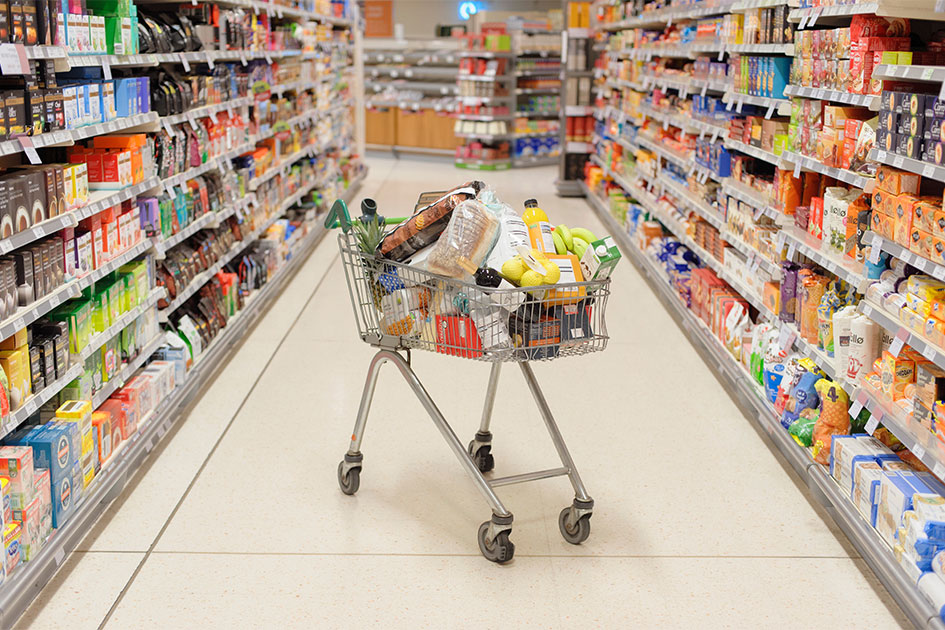Resources
CalculatingResources
The ecological rucksack (or "Material Footprint") expresses the weight of all natural raw materials used for consumption, i.e. all products including their production, use, and disposal.
With regard to driving, it is not just the car itself and petrol consumption that are taken into account but also, proportionately, the iron ore mine, the steel mill and the road network, for example. Adding up all the raw materials gives a measure of the impact on the environment. This is because all material inputs and outputs cause changes in natural material flows and cycles. Sooner or later, every material input becomes an output again, i.e. waste or emissions. By recording the inputs, the MIPS concept developed at the Wuppertal Institute provides a rough estimate of the total environmental impact potential. MIPS stands for "material input per service unit".

The MIPS concept is the basis of the ecological rucksack. MIPS is a measure of the consumption of natural resources caused by a product or service along its entire life cycle, from extraction, production, and use to disposal or recycling. MIPS can be used to evaluate the environmental implications of products, processes, and services. The MIPS concept includes various indicators to measure the consumption of abiotic raw materials, biotic raw materials, water and air, and soil movement. Thus, MIPS can be applied in a variety of ways within companies (micro level) and economies (macro level).
Publi-cations
Here you find publications on MIPS and material footprint.
Related publications
Establishing Digital Product Passports
Wuppertal Paper presents current solution approaches to the digital product passport for the establishment of a circular economy
Schools Calculate Their Carbon Footprint
Wuppertal Institute have developed a CO2-assessment tool and tested it at four pilot schools
Zeit für den Kurswechsel: hin zu einer klimagerechten ressourcenleichten Gesellschaft
Beitrag für die politische Debatte im Wahljahr 2021
What is a Sustainable Level of Timber Consumption in the EU?
Toward global and EU benchmarks for a sustainable forest use
A Resource-Efficient Europe – Programme for Climate, Competitiveness and Employment
Scientific opinion of the Resources Commission of the German Environment Agency
Resource Productivity in 7 Steps
How to Develop Eco-Innovative Products and Services and Improve their Material Footprint
Resource Productivity in 7 Steps
How to Develop Eco-Innovative Products and Services and Improve their Material Footprint
Introduction to Resource-Efficiency in Russian
MIPS concept in Russian
Calculating MIPS
Resource Productivity of Products and Services
MIPS berechnen
Ressourcenproduktivität von Produkten und Dienstleistungen
Projects
Here you find research activities in the field of calculating resources.

